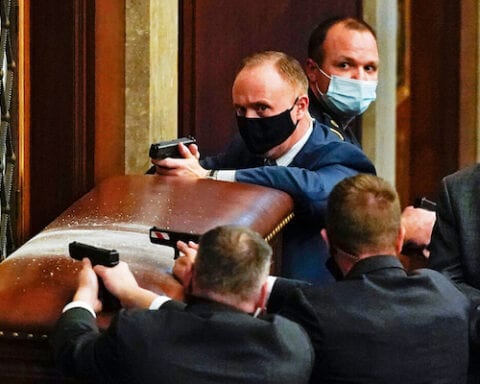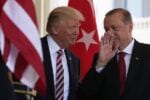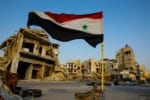The last remaining major Islamic State enclave in Syria, Deir Ezzor, is stuck between a proverbial rock and a hard place. With its self-declared caliphate in ruins, all that remains of ISIS is a handful of besieged enclaves of diminishing importance. With the Syrian Democratic Forces (SDF) being able to control al Raqqa, Deir Ezzor has become the main focus of the might of both the Moscow and Washington D.C. controlled coalitions.
Abu Bakr al-Baghdadi, the leader of the Islamic State, is believed to be hiding outside of Deir Ezzor. From here it is believed that he, and his commanders, are helping to plan and carry out attacks abroad by their adherers. This includes Abdelbaki Essati, the Imam who is believed to have been instrumental in the August Barcelona, Spain terror attack.
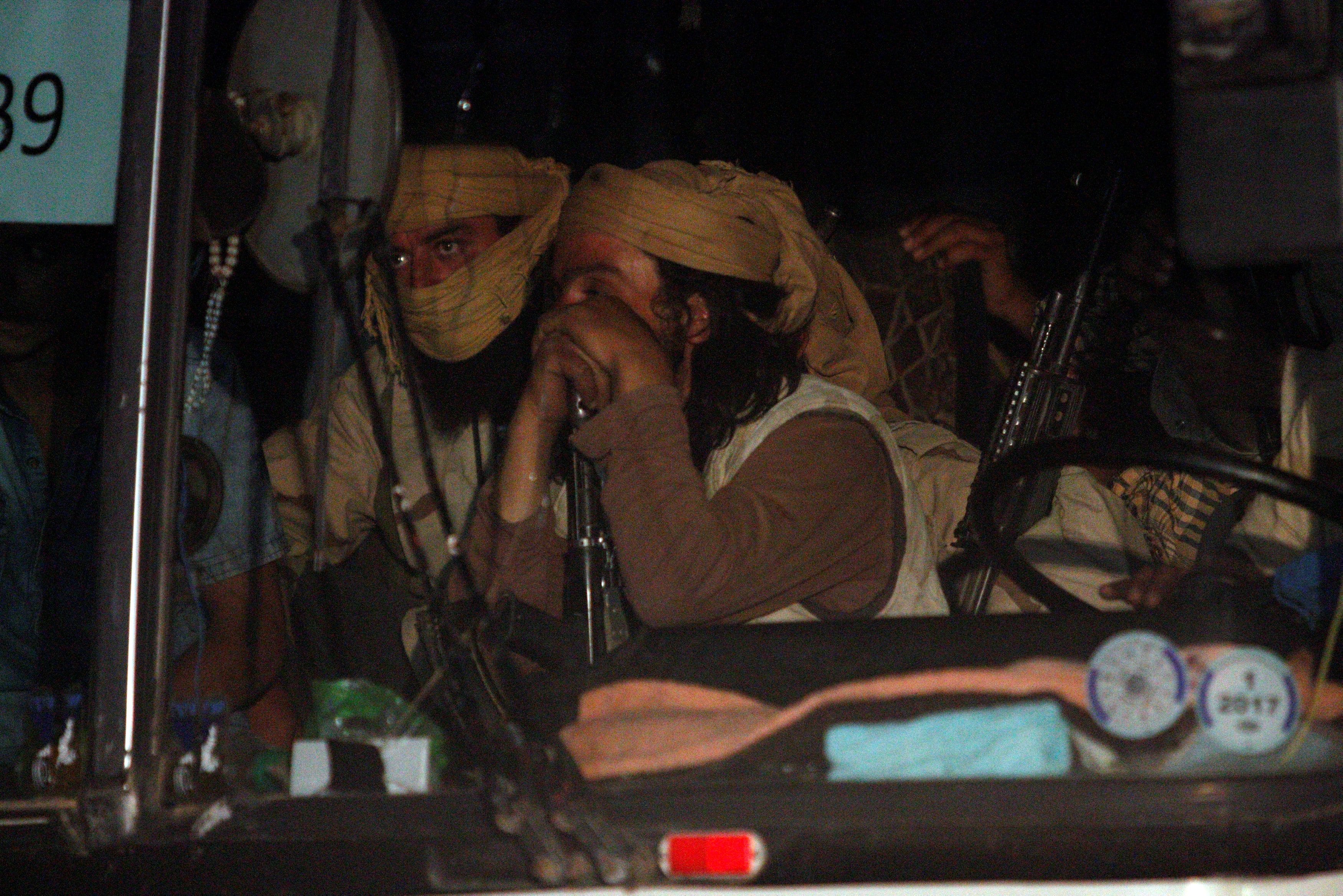
The anti-Islamic State coalition is swiftly advancing on Deir Ezzor. The US-supported SDF and the Russian and Iran supported Syrian Arab Army (SAA) have all established a defensive line running along Islamic State controlled territory. The line runs in an irregular arc from the southwest point of eastern Tabqa, to the Euphrates River, and then along the river towards Deir Ezzor governorate. Russia and the US call the line a “de-conflict” line, enabling counter-Islamic State operations without running the risk of friendly fire.
The line also creates a de facto starting line from which both the SAA and the SDF can launch their offensives, both sides seeking to take the city and the area to safeguard their own interests in the quickly emerging post-Islamic State Syria. If either side can gain complete control of Deir Ezzor, it will control a premier logistical hub for trade and travel towards Iraq, as well as multiple large gas fields. Whomever, or whatever, controls Deir Ezzor will wield immense power in the new Syrian political and security landscape.
https://twitter.com/todayinsyria/status/904231131498913793
Inside the “de-conflict” zone, the forces of the SDF and the SAA, along with supporting militia groups such as Hezbollah, and international advisers, are gathering their strengths for the last mad dash against the enemy stronghold. What will without a doubt be a punishing battle is destined to begin within the coming weeks.
Overtly, it appears that what is holding the SDF and the SAA back from engaging in an all out rush towards Deir Ezzor is the combination of international and regional politics, along with the SDF’s internal politics, and the SAA’s manpower issues. The SAA is in dire need of regrouping and a logistical overhaul. The SDF in turn has international as well as local political concerns to consider before it can fully devote its available resources towards a push on Deir Ezzor.
There is concern within SDF leadership that a possible reward for enduring the heavy casualties needed to take Deir Ezzor might be lackluster. The fear being that once the offensive is deemed successful, the US and local parties would demand Deir Ezzor be returned to Damascus government control.
[Russian Air Force targets ISIS fighters retreating to Deir ez-Zor, Syria (Russia Ministry of Defense)]
Deir Ezzor has been under the control of the Islamic State since 2014, and the enemy is well entrenched. A diminishingly small contingent of SAA soldiers have held onto terrain for years, heroically standing ground amidst the waves of Salafist fundamentalists trying to wear them down. They have held onto the Deir Ezzor Airbase and the 137th Mechanized Army Base, along with a few key points inside the city center, at a excruciating human cost.
In early 2017, the soldiers were pushed to the brink of disaster. However, as the Islamic State’s luck ran out, the massive number of Jihadist fighters in Deir Ezzor were redistributed towards other frontlines. The SDF offensive on al Raqqa, and the Tabqa dam and Air Base saw massive troop movements to support those faltering frontlines.
The vast majority of neighboring governorates are also under the Islamic State’s control, but hold fewer vital strategic control points and less urban warfare terrains.
The government of Bashar Al-Assad has all to gain if it can control Deir Ezzor. Failure would in turn be a devastating blow to the Damascus government. Damascus is in dire need of reestablishing its dominance over the civil war torn country. If it cannot control the major hubs in Syria, it will no doubt ensure that the already protracted civil war will continue its spiral of madness.
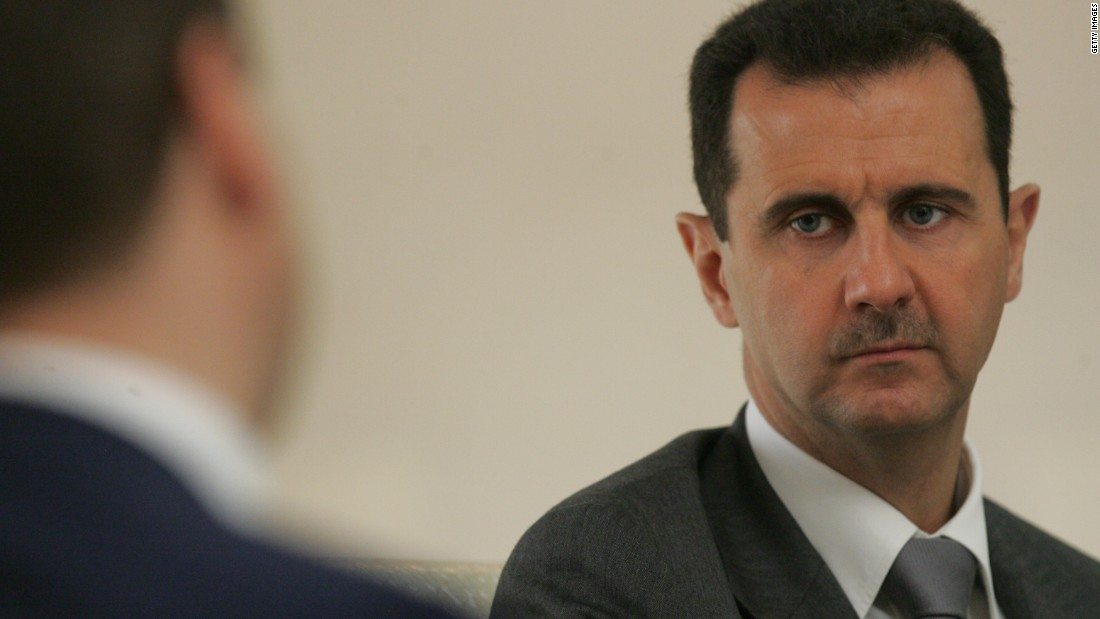
Many regional analysts have in recent weeks expressed belief that the Russian-backed Syrian regime and Iranian-backed militias are likely to retake Deir Ezzor. However, many local militia groups and civilians fear the repercussions and possibility of sectarian violence of what might come if the Assad government and its affiliated Shia militias enter Deir Ezzor first.
Iran considers control over Deir Ezzor to be of vital importance to its regional strategy. If the Iran-backed government in Damascus controls the region, it will secure the Shia controlled corridor of influence and power, which runs from Iran, through Iraq, Syria and Lebanon to the Mediterranean Sea. The Damascus government’s control would also mean it can be used as a gathering point for Iranian-backed groups in the Iraqi Shiite-majority paramilitaries. These groups would then add much needed manpower for a counterinsurgency surge in the anti-government civil war. One such force is Hashd al-Shaabi, an Iranian-affiliated Iraqi state-sponsored Shiite paramilitary group, also known as the People’s Mobilization Forces (PMF). The PMF has deployed a large number of men to the Iraqi Shingal region, part of the Iraqi-Syrian border landscape, in a move that is widely believed in anticipation of the group entering the Syrian civil war.
Nevertheless, an SAA reliant offensive on Deir Ezzor is widely perceived as the likeliest option. Such an option would be carried out with the SDF playing a supporting role along with Shiite militia forces, and air support being provided by both the US and Russia in tandem.
While all parties are figuring out how, and when, to attack Deir Ezzor, the two coalitions are carrying out airstrikes against known targets.

On AUG 30, the US-led coalition carried out a series of airstrikes to block the arrival of Islamic State reinforcements. A bus convoy coming in from the Lebanese-Syrian border frontline, carrying both Islamic State fighters and families, were prevented from reaching Deir Ezzor when a series of airstrikes disabled the roads ahead of the convoy. The coalition chose not to engage the convoy directly to avoid hitting non-combatants, the fighters families, onboard the buses.
The convoy is carrying the lionshare of the Islamic State fighters that were previously engaged in the Syrian-Lebanon border skirmish against Hezbollah, and the Lebanese Army. As part of a temporary ceasefire agreement between all parties, to facilitate the release of Lebanese prisoners of war, the Islamic State had to surrender its border positions. The convoy is carrying at least 600 people of which 308 are described as “lightly armed Islamic State fighters”. A dozen ambulances are also carrying 26 wounded fighters.
After the coalition airstrikes disabled the highway and a bridge in the town of Hamaimah in the Homs Province, the convoy attempted to reach the then largely Islamic State held town of Sukhna, located north of Deir Ezzor, only to see the SAA carry out a successful offensive on the town. The town had for the past 2 years been a reliable crossroads for travel towards Islamic State held territory. This strategic crossroads in eastern Syria, with vital gas fields, was captured by the Syrian Arab Army just hours later. With the capture of Sukhna, the Syrian Arab Army has forced the convoy to remain in limbo. It also means that the Syrian Arab Army now controls the area’s largest gas fields, and has secured a direct path towards the Islamic State controlled parts of Deir Ezzor.
The Islamic State’s battle lucks continue to turn against it, and its attempt at a caliphate lay in ruin. In Iraq, its remaining forces have been pushed to the brink of extinction, and in Syria its last major enclave is the focus of all the anti-Islamic State forces. Despite this, there is little doubt that the Islamic State will remain a tactical threat for the perceivable future, but its days as a strategic threat are over.
John Sjoholm, Lima Charlie News
John Sjoholm is Lima Charlie’s Middle East Bureau Chief, Managing Editor, and founder of the consulting firm Erudite Group. A seasoned expert on Middle East and North Africa matters, he has a background in security contracting and has served as a geopolitical advisor to regional leaders. He was educated in religion and languages in Sana’a, Yemen, and Cairo, Egypt, and has lived in the region since 2005, contributing to numerous Western-supported stabilisation projects. He currently resides in Jordan. Follow John on Twitter @JohnSjoholmLC
Lima Charlie World provides global news, featuring insight & analysis by military veterans, intelligence professionals and foreign policy experts Worldwide.
For up-to-date news, please follow us on twitter at @LimaCharlieNews
In case you missed it:

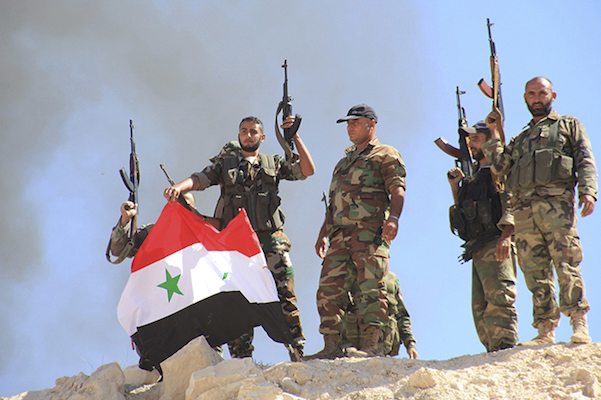

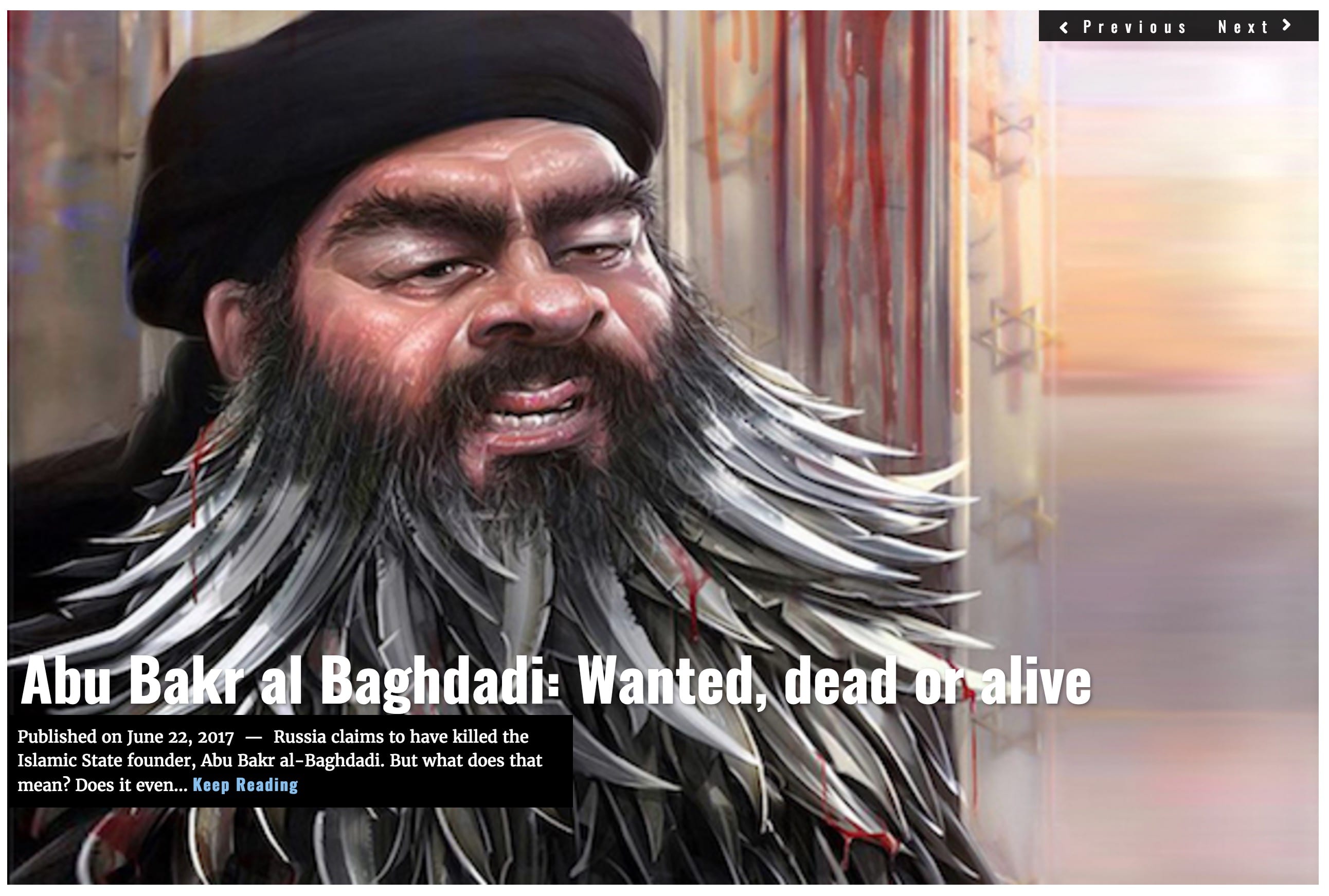

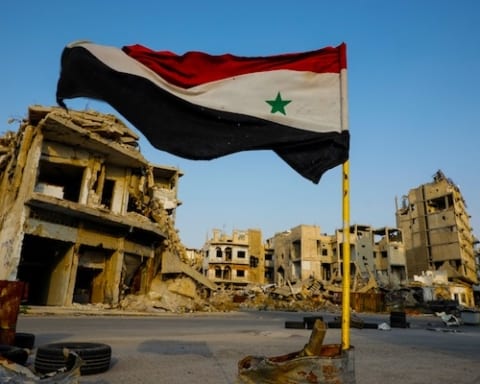
![Syria’s oil, gas and water - the Immiscible Solution to the War in Syria [Lima Charlie News][Photo: ANDREE KAISER / MCT]](https://limacharlienews.com/wp-content/uploads/2019/05/Syria’s-oil-gas-and-water-480x384.png)


